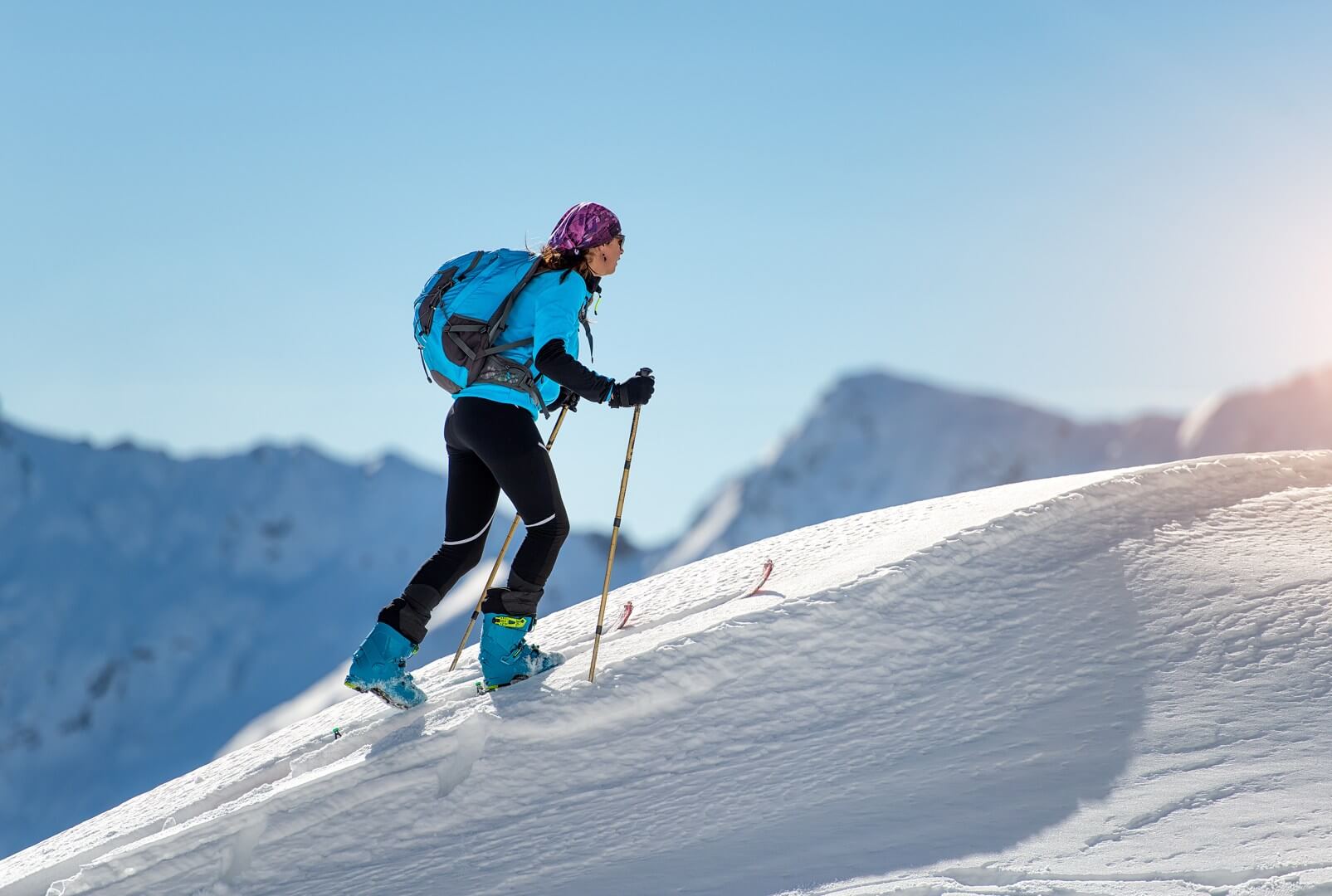A look back in time…
On October 18, 2014, the Sierra Nevada Mountain Community took a big step towards snow safety. Backcountry enthusiasts, community leaders, industry professionals, and emergency personnel gathered to share knowledge and prepare for the snow season at the first annual California Avalanche Workshop. The goal was to transfer as much expert knowledge as possible. The emphasis on an avalanche workshop is to explain and demonstrate the practical uses that can be adopted to help backcountry snow travelers stay safe. And the first presenter was a doozy. It was about a personal experience of getting caught in a Jackson Hole Avalanche.
Reason For This Workshop
According to the American Avalanche Association, 35 people lost their lives due to avalanches in the 2013-2014 season. With improvements in technology and equipment, more are venturing further into the backcountry away from emergency services. This being the case, Lake Tahoe Community College’s Wilderness Education Coordinator and AIARE instructor, David Reichel, decided to take action. He organized a pre-season avalanche and snow safety awareness workshop at Lake Tahoe Community College in South Lake Tahoe, CA. David felt the need to bring all the different players from each end of the spectrum together to share information in order to help people make better decisions when traveling in this dangerous terrain.
Standing Room Only
It was hard to tell this was the first event of its kind in the area. The workshop was a sellout with standing room only. Looking at the presenters and agenda, there were no questions why. The top snow scientists, forecasters, members of local avalanche centers, pros, and avalanche survivors were all on hand. Many had just returned from the International Snow Science Workshop in Banff, Canada.
The Day After Christmas Tragedy Strikes
Alex Do
The impact of Alex’s story of the Jackson Hole avalanche he was involved in is beyond words. Here’s a brief recap of his experience:
It Seemed Like A Perfect Day
 A buddy recently moved to Jackson, WY and invited him out to ski. Not having any ties, Alex decided to head up to Jackson for an adventure. No one had been able to get out in the backcountry for awhile due to the storms pounding the area. On December 26, 2013, the weather had aligned for a perfect day. Bluebird skies. The forecast read moderate avalanche danger. It seemed like the perfect day. Alex met up with his buddy Mike at the tram. Originally, the group was to be four, but when Alex arrived, it had grown to six.
A buddy recently moved to Jackson, WY and invited him out to ski. Not having any ties, Alex decided to head up to Jackson for an adventure. No one had been able to get out in the backcountry for awhile due to the storms pounding the area. On December 26, 2013, the weather had aligned for a perfect day. Bluebird skies. The forecast read moderate avalanche danger. It seemed like the perfect day. Alex met up with his buddy Mike at the tram. Originally, the group was to be four, but when Alex arrived, it had grown to six.
Mad Dash To Get First Tracks
Everyone jumped on the tram to head to the top. At the summit, a set of backcountry gates awaited. Today’s mission? Some untracked couloirs off Cody Peak were the target. The stoke on the tram was electric. AC/DC blared through the speakers as the mass of people sang and talked over the music. Upon exiting the famous Jackson Hole Tram, it was a mad dash to hit the gates for first tracks. Even though the whole group, who had never skied together, had this false sense of security, most did have diverse backcountry knowledge. Some had skied with at least one other in the group and all had emergency avalanche equipment.
Plans Change Without Discussion
On the ascent, someone noticed tracks in the couloir they planned to hit. Without consulting the group, a few decided to change the destination to a still untracked stretch known as Pucker Face. The run is very technical with a considerable cliff band and has even been featured in films. When Alex arrived, one of the members had began to break the cornice to test the avalanche danger. The group joined to assist. A piece of the cornice about half the intended size broke off and bounced down the face. Most were content with the results.

Concern Arises… But Nobody Speaks Up
Alex recalled being uneasy, but since it wasn’t his home mountain and the group not closely coordinating, he didn’t speak up. No further strategy regarding avalanche danger or safety was discussed. There was only eagerness to ski the face. Alex’s buddy Mike offered to do one final test. He volunteered to ski cut the slope to test the stability. Mike made a partial cut and then charged into a hard right turn.
Stoke Turns To Avalanche!

Stoke was high from seeing the spray of that first turn, but by the second and third, it was apparent the snow was moving. Instinct kicked in as Alex tried to spot his friend before he lost a visual when Mike was carried over the cliff. The group made it down to Mike quickly where they were met by a guided party. They all worked together well and located Mike surprisingly fast. His airway was cleared within 16 minutes of the burial, but it was too late. Mike died from suffocation.
All Experienced, But Errors Were Made. How?
Following the event, the group reflected on the main mistakes that lead to the avalanche. They cited these as some of the major factors leading to this accident:
- Group size
- Excitement
- “Moderate” avalanche danger rating
- Poor communication
- Proximity to resort
- No defined leader
It was evident this was difficult for Alex. It was also evident that he didn’t want anyone to have to experience what he did that day. Avalanche awareness is more important to him now than ever. When traveling in the backcountry today, he makes it a point to be organized, points out clues and signs, and ensures group organization to minimize risks.
To read Alex’s full story and lessons learned, check out The Avalanche Review Volume 32, No. 4, April 2014 Pg. 20.
Want To Learn More?
If you’re thinking of heading out into the backcountry for the first time or want to read other stories to learn from, be sure to head over to our comprehensive backcountry section. We highlight everything from how to get started, what kind of gear you’ll need, and local avalanche workshops so you can brush up on your knowledge.











